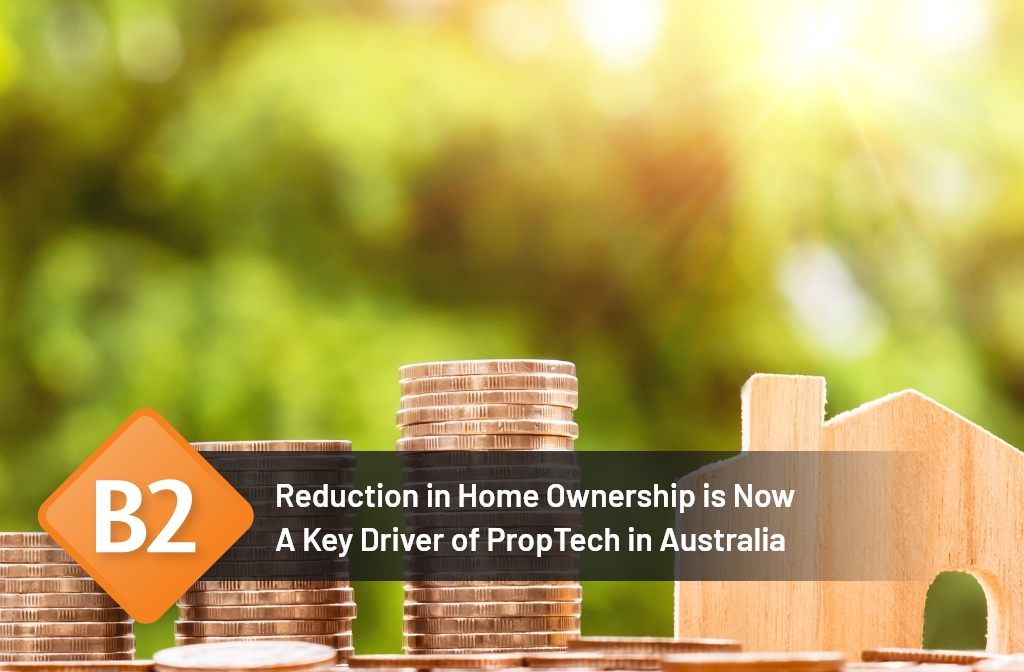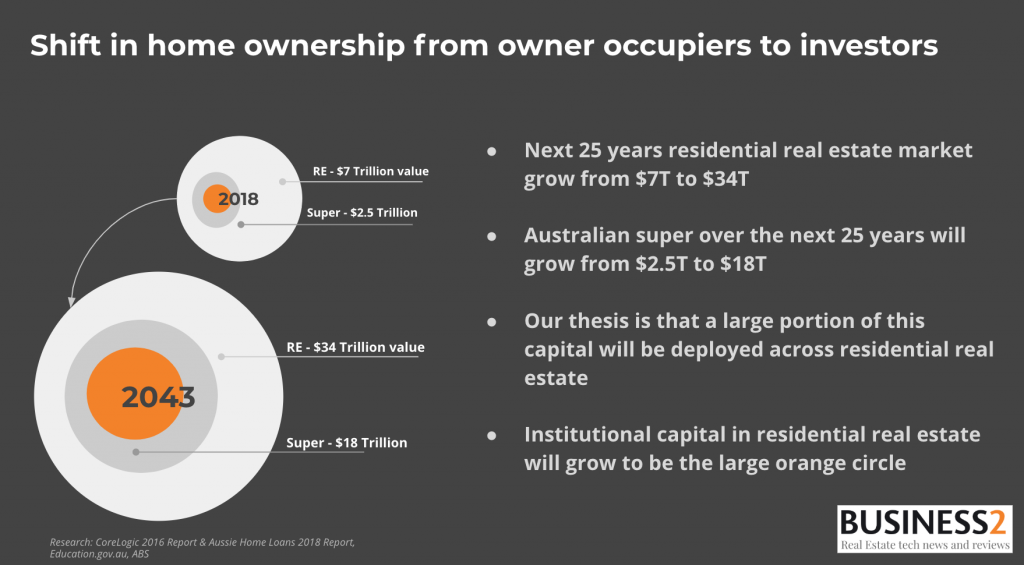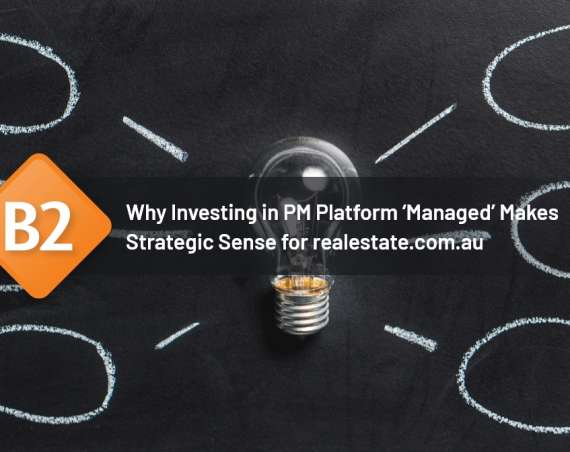
Across the globe a trend in real estate ownership has developed in which there is a significant reduction in owner occupiers and a growing number of investors.
Australia is a primary showcase of this, with the 2016 Census of Population and Housing revealing that the proportion of private dwellings that were owner occupied was 67.1% – the lowest figure on record since 1954.
WHAT’S DRIVING THE SHIFT
There are a number of factors that have combined to create this movement. With roughly 15% of Australian taxpayers owning an investment property and SMSF opening new opportunities for fractional and complete investing, more and more people are looking seriously at purchasing property they have no intention of making their primary dwelling.
In addition, some institutions and REITs have been active in buying up properties and putting them on the rental market.
So why has the ‘Great Australian Dream’ of owning and living in your own home on a quarter acre block seemingly evolved into having a property investment portfolio and renting instead?
Here are some of the contributing influences that have played a role in shaping this trend:
- Particularly strong capital growth in residential real estate has led to investors achieving a robust ROI, effectively encouraging others into the market to try and share in the profits. Illustrating this, houses in capital cities produced an average return of 6.8% per annum in capital growth for the 25 years to 2018 (source: CoreLogic).
- With these strong returns our property market proved tough to gain entry into, however since 2018, housing affordability has been on the rise as a result of the recent dip in property prices, a significant drop in interest rates and changes in lending practices making it easier to borrow money in the wake of the Royal Commission. As competition with investors grows hotter, indications are that first home buyers are being scared out of the market, providing even more investment opportunities for those with the cash to splash on property. Adding to this, wages have only increased at a rate of just 2.2% since 2013, and merely 3.3% for the five years prior to that (source: Australian Bureau of Statistics), which is keeping people locked into a renter’s mindset.
- Lifestyle preferences have evolved, with many embracing the flexibility and freedom that renting provides. In particular, those in Generation Z have little to no aspiration to own, instead preferring to rent, travel and invest if possible. Furthermore, Baby Boomers are increasingly seeking to downsize and take advantage of the equity built in their homes, in effect living smaller but with greater access to finances. Capitalising on this shift in approach to home ownership, the build-to-rent, co-living and house-share sectors are now seen by many as being more desirable than being locked into a mortgage.
- There is a continuing upswing in demand for housing. The net population across the country is increasing, more student visas are being issued all the time and foreign investors are clamouring for access to Australian properties as investment opportunities.
OUR THESIS
Based on the evidence, we believe that capital growth in real estate will continue to increase, carrying these home ownership trends forward with even more investors owning property and the population of owner occupiers growing ever smaller.
A significant amount of the capital raised by REITs will be circulated into residential investments, and it is expected that the current and future finances in Australian super, along with institutions backed by globally sourced capital, will follow suit.

While there is no crystal ball, it is predicted that the majority of Australian’s won’t own a property outright, instead gaining exposure to the real estate asset class via passive investments in REITs, fractional property investments or an Exchange Traded Fund (ETF). This will continue to negatively influence the rate of owner occupiers throughout the country.
IMPACT ON THE PROPTECH SECTOR
PropTech companies are no doubt already working on solutions to transform some key areas of the real estate industry and its ownership, investing and rental cycles. These will most likely include:
- How people invest in property
- How people sell property
- How people finance and transact property
- Easily accessed pathways for institutions and REITs to source, acquire, manage and sell off property investments
FINAL WORD
One of the outcomes of this trend is going to be that institutions, REITs and high net worth individuals will continue to dominate real estate and likely tighten their stranglehold on the market. As a result, everyday Australian’s will further adjust their aspirations from owning their own home to acquiring properties specifically to place on the rental market. Fractional investment will also enjoy a sharp increase in popularity as a low-cost opportunity to enter what will be an increasingly aggressive and competitive real estate market.
These factors combined will see the rate of owner occupiers in Australia dwindle even further and will drive the strength of the rental market and the value it holds as a subcategory in the real estate asset class.


